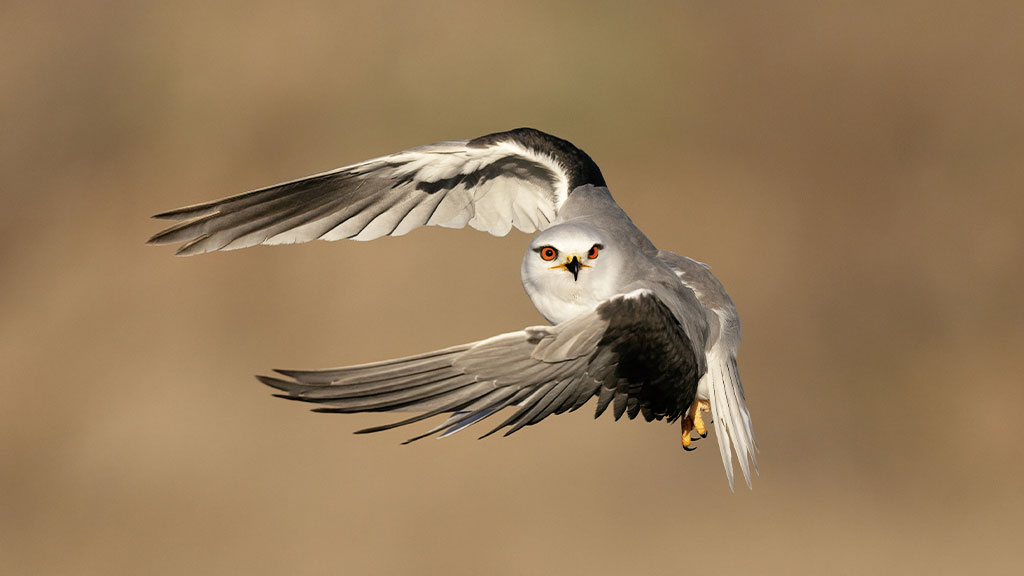Identifying common bird calls at home
Get to know common birdsong this International Dawn Chorus Day
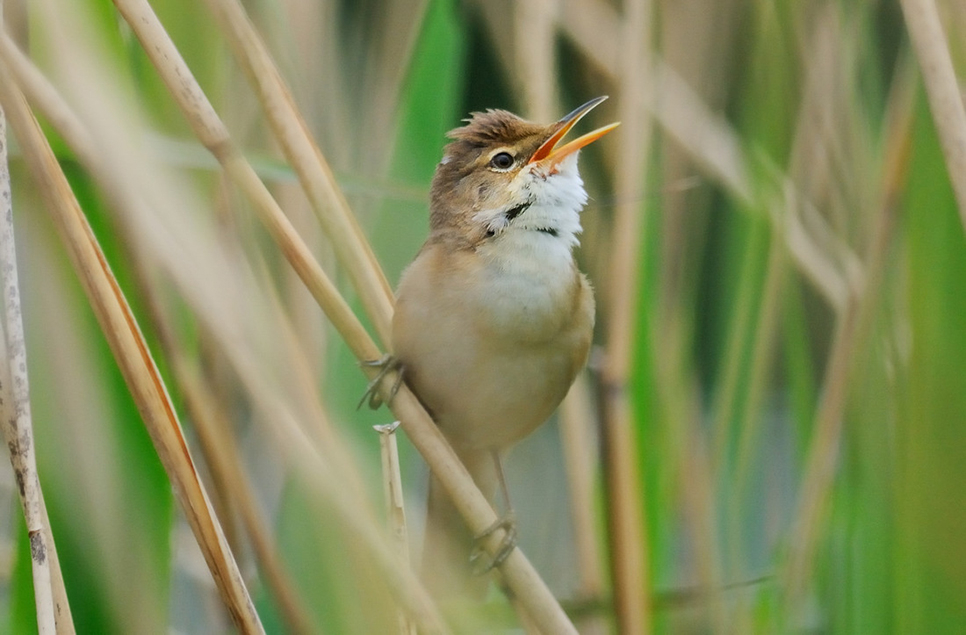
Birds you can hear from your window
In these strange times, solace can be found in nature, with early spring being the perfect time to brush up on your birdsong identification, using our handy guide. We'll take you through the birds you might hear at home and during daily exercise, highlighting some of the biggest characters.
Many common birds have really noticeable calls, so they’re easy to learn. Once you start listening, you’ll be able to distinguish between different birdsong. Try and get a look at the bird, too, then you’ll be able to put it to memory.
Great tit
In your garden, you might hear the ‘teacher teacher teacher’ song of the great tit. It’s one of the first birds to start singing in early spring but can be confused with the coal tit's similar song, but that's higher pitched and of a faster tempo. Both often share gardens with the blue tit, who sings a descending, trilling song.
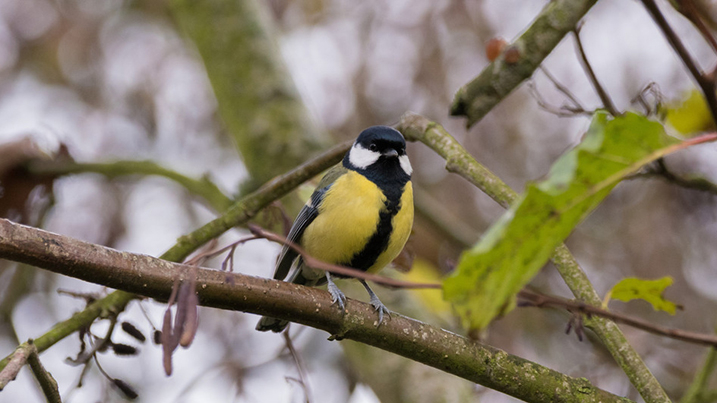
Audio: Franck Letellier/Xeno-canto
Robin
Another garden songster is the robin which can be heard during most months of the year apart from high summer. They sing a high, wistful warble and will even do so during the night, especially where there are streetlamps. A garden favourite is the blackbird – the male can often be seen atop a tree or television aerial, singing a mellow and fruity, lilting tune, reminiscent of lazy summer evenings.
One of the most common pieces of bird song you might hear is a wheezing, monotone, three-syllable cooing, coming from the collared dove, whilst the wood pigeon burrs with a 5 syllable ‘I don’t know, do you?’ song.
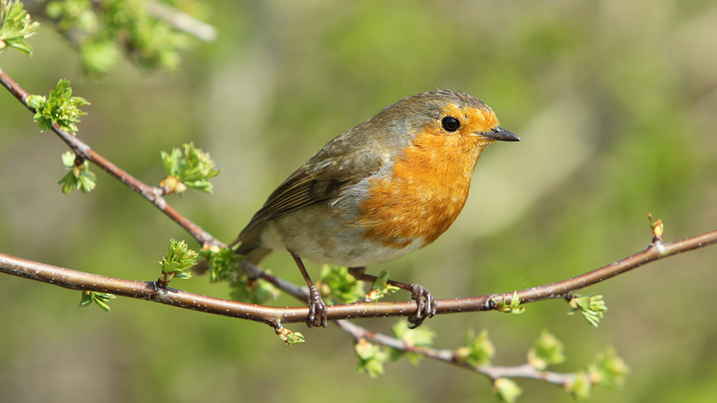
Audio: Frederik Fluyt/Xeno-canto
Song thrush
A relative of the blackbird, the song thrush is also one of the loudest you’ll hear – they certainly make themselves heard! Their song is sharper, higher pitched and much faster, rarely pausing – usually easy to tell as they deliver each call in groups of 2s, 3s or 4s before moving on to the next call. Once common in gardens, these birds are becoming scarcer and are now red-listed in the UK. Spring is the best time to find them as they audibly give themselves away.
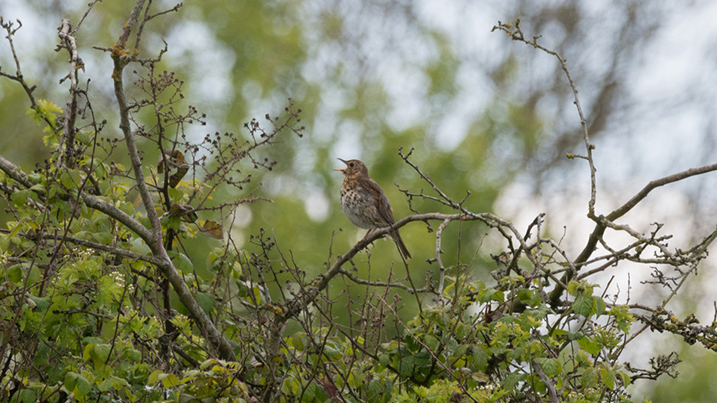
Audio: Peter Stronach/Xeno-canto
Wren
Our most common breeding bird, the wren, is a small, skulking species of bird but is one of the loudest, especially for its size. Their song is a series of peeps and trills delivered at high speed, often from deep within cover – you might only see them buzzing across your path, reminiscent of a large brown bumble bee. They have a territorial call that can sound rather angry – a ‘zeck!’ from within a bush will give them away.
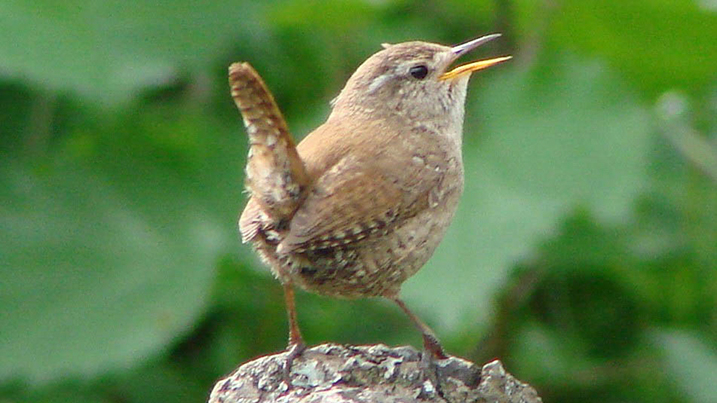
Audio: Graham Wallis/Xeno-canto
Dunnock
Another species you may more likely hear than see is the dunnock. It’s somewhat similar to a house sparrow, but with a grey head and breast. They’ll stick to the cover of shrubs and hedges, which is what gives them the alternative name of ‘hedge sparrow’. Their song can be confused with that of the robin, but it is at a slightly lower pitch, scratchier and faster.
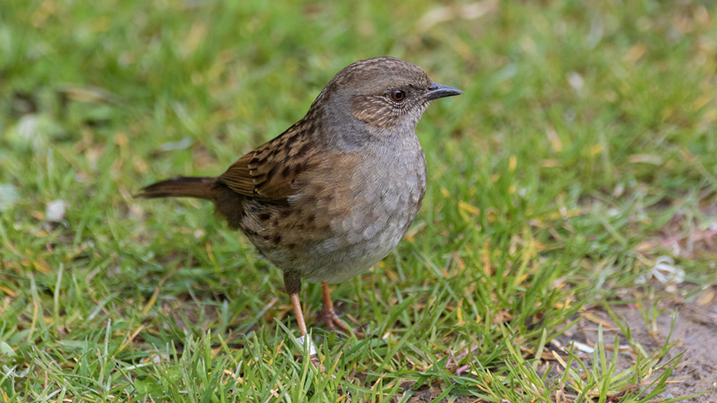
Audio: Graham Wallis/Xeno-canto
Give back to the birds
Spring may be upon us but food is still scarce, and with loss of habitat increasing our birds need all the help we can give them. So why not attract more birds to your garden with our range of bird care? All purchases go straight back to support wetlands.
Browse bird careGreenfinch
The finches are a colourful group of birds. Commonest is the chaffinch – the handsome males sing a spiralling song ending in a flourish during spring. Goldfinches are vibrant birds both in plumage, with their red face and golden wings, and in song; a liquid, tinkling noise, easily heard as they fly over your garden. You might hear a greenfinch sitting atop a tree, the song a long drawn out wheeze. However, they have become scarce in recent years.
The starling also has a bubbling song like a goldfinch, but with elements in it that are scratchy and harsh. You might also hear the pied wagtail flying over your garden calling ‘chis-ick, chis-ick’.
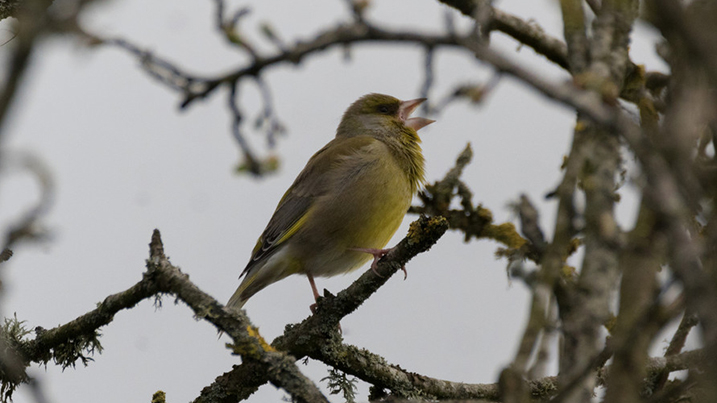
Audio: David Bissett/Xeno-canto
Common buzzard
High up over your garden you should look out for larger birds soaring on thermals in warm weather. The common buzzard can be heard ‘mew’ whilst nearby the raven utters a deep ‘cronk'.
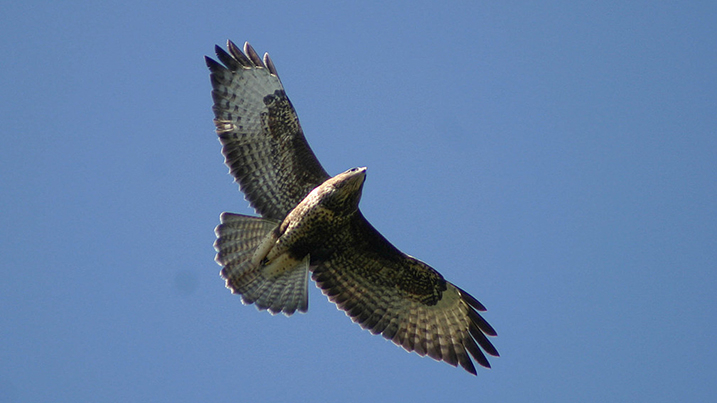
Audio: Andrew Harrop/Xeno-canto
Grey heron
You can also hear wetland birds passing over your garden, although you’ll have more luck if you live near a body of water. Greylag and Canada geese could zoom past you, loudly honking, whilst a grey heron floats by with a harsh, drawn-out croak, its legs outstretched but neck tucked in. Gulls will be squawking, mallards quacking and the mute swan, the largest bird mentioned here, flies past silently, but for the throbbing of their wingbeats.
The coot, with its bald, white head, will either call once, loudly, or emit a continual series of sharper notes. Its cousin, the moorhen, with a red head, produces a range of softer, less sharp calls.
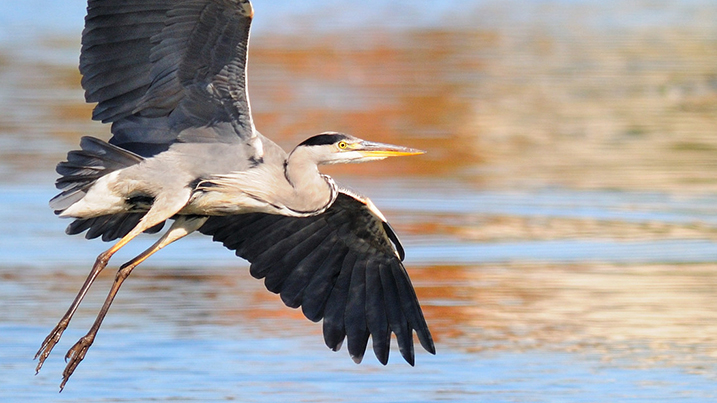
Audio: Dawid Jablonski/Xeno-canto
Chiffchaff
As well as all of these resident birds which are breeding and making a lot of noise in spring, we see an influx of southern migrants, most of which have wintered in Africa or southern Europe. They’re here to breed, too, and the warbler species are often the most notable, with some of the most recognisable, and beautiful, songs. Chiffchaff is the most easily heard and will start singing early in March - some are with us all year round but their numbers are swelled in the early spring with migrating birds. They have a distinctive song and essentially sing their name ‘chiff chaff chiff chaff’ but some individuals can sometimes get confused and sing ‘chaff chiff chaff chiff’…
A close relative of theirs is the willow warbler, none of which winter in the UK. Willow warbler song is said by many to be the sign of spring, being described as having a sweet voice, sung in a series of quick, lilting, pirouetting notes.
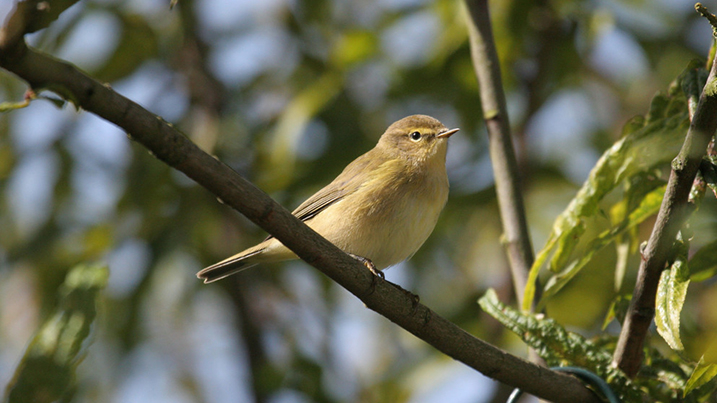
Audio: Marc Anderson/Xeno-canto
Blackcap
Another warbler is the blackcap, which can be heard ‘chacking’ deep in cover and at other times will sing a song of many parts, often starting with a chattering before a clearer, more melancholy, fluting song. Rasping noises can be added and it will even mimic other birds!
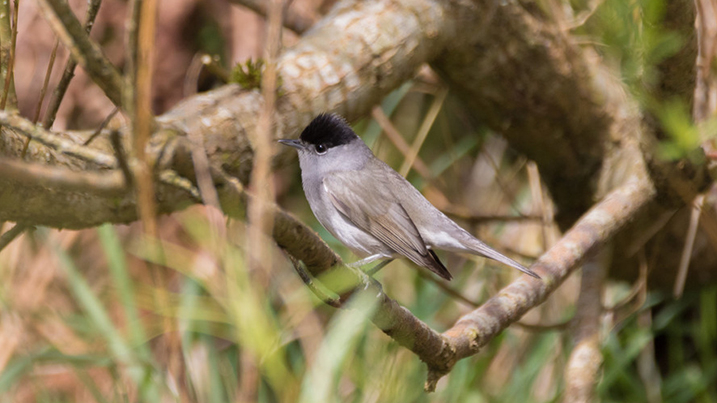
Audio: Anthony McGeehan/Xeno-canto
Sedge warbler
The sedge and reed warblers will inhabit areas around wetlands. They both love reedbed habitats, but sedge warblers are slightly less fussy and can be seen in hedgerows etc near water. Their calls are similar but can be told apart with practise. The sedge song is jumpy with random notes thrown in, whilst the reed warbler sticks to a chuntering that doesn’t deviate as much. These birds are parasitised by the infamous cuckoo, which lay their eggs in the nests of these small birds, leaving their young to be fed to fledging stage by the warbler ‘parents’ that are now a fraction of their size. Another African migrant, the male’s song is synonymous with spring, literally, ‘cuck-oo’, and if you are lucky you might hear the females quick babble.
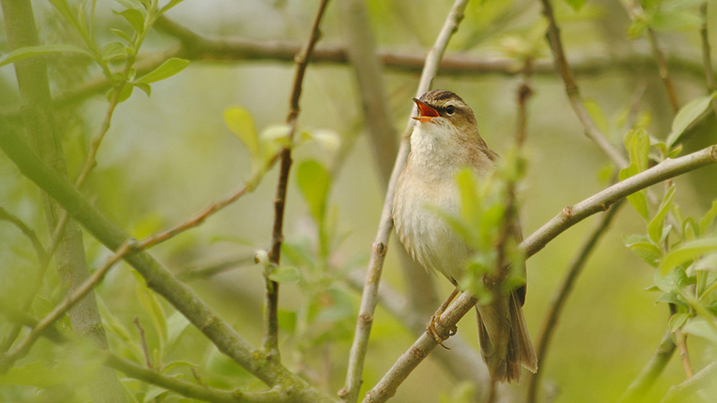
Audio: Richard Dunn/Xeno-canto
Barn swallow
Another sound that can be heard in spring is from the influx of hirundines – the barn swallow, house martin and sand martin. They all emit a variety of buzzing, rasping, electric churrs as they fly with speed over the water, catching insects as they go.
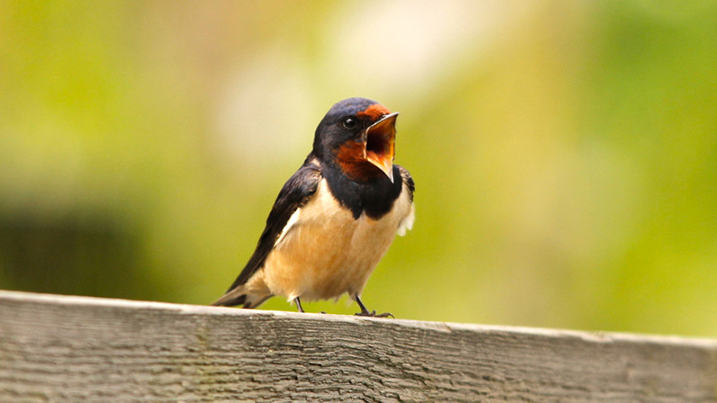
Audio: David M/Xeno-canto
Get out in your garden or head to your local wetland and hear these birds, get close to nature with your ears. Now is the perfect time, human noise will never be quieter!
